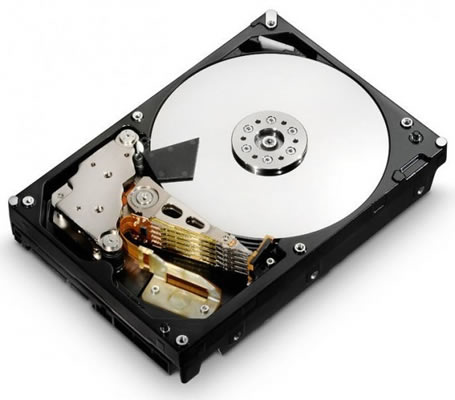Hitachi has introduced a new member to its Ultrastar series of enterprise-class hard drives, one that the company claims will deliver greater reliability and save on energy costs at the same time. The Ultrastar 7K3000 is available in 2TB or 3TB variants featuring a 6.0 Gbps SATA or SAS (Serial Attached SCSI) interface. It comes with a 7,200RPM spindle speed, 64MB of cache and a power consumption of 5.6W or 6.6W while idling for the SATA or SAS versions, respectively.
Like its predecessor -- the 3.5-inch A7K2000 -- the new drive has five platters, but it increases the areal density on those disks by 50% from 400GB per platter to 600GB. This means that datacenters could save energy by delivering the same level of storage using fewer drives. Hitachi also claims to have increased the mean time before failure rating of the drive to two million hours, resulting in a failure rate around 40% lower than the industry average (1.2 million hours MTBF).

Both Ultrastar 7K3000 models are available with regular and bulk data encryption (BDE) options. Although Hitachi made no mention of pricing, the SATA versions are already shipping, while the SAS models are expected around mid-year.